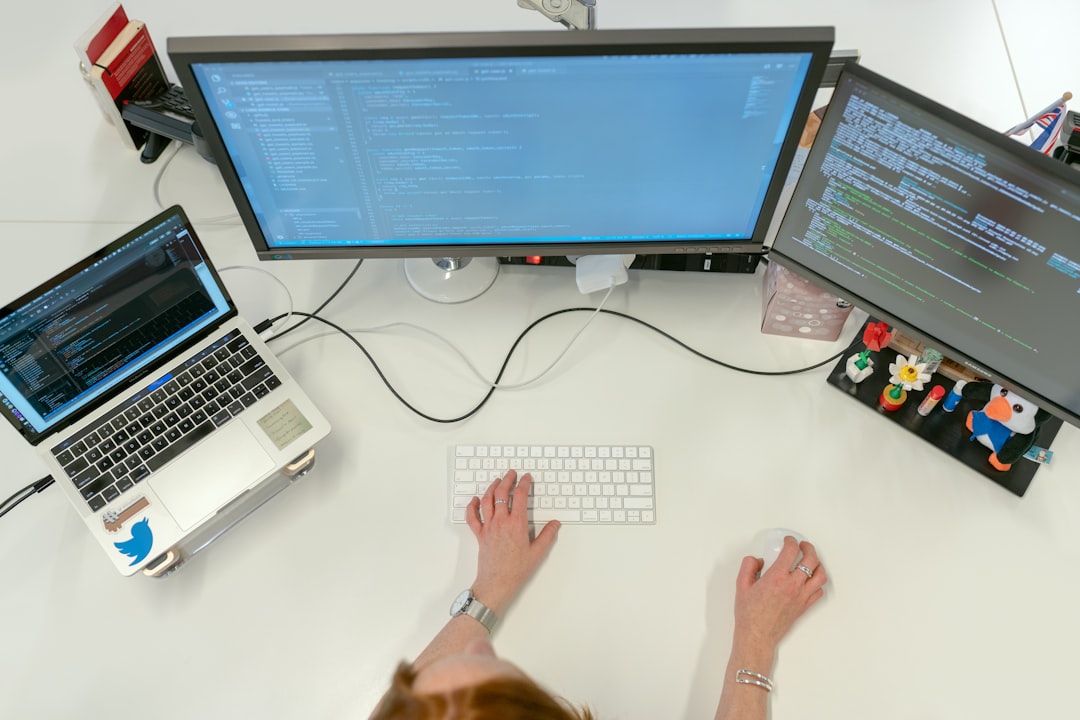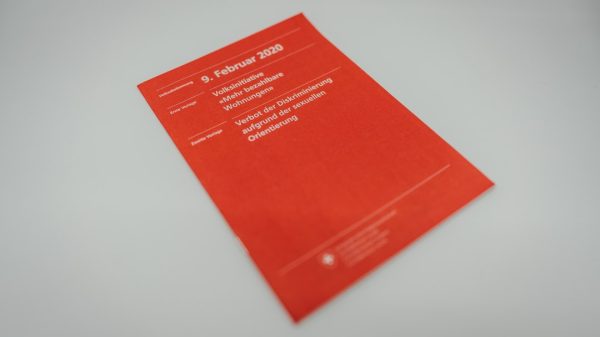Web development has always been a fast-evolving field, but with the rise of Artificial Intelligence, the pace of change has accelerated dramatically. What was cutting-edge five years ago may now hinder performance, scalability, and even user experience. Today, we’re seeing AI redefine how websites and applications are designed, developed, and maintained. If you’re still relying on outdated practices, it’s time to rethink your workflow. Below are some common web development practices that are now obsolete in the age of AI—and what you should be doing instead.
1. Manual Cross-Browser Testing
Only a few years ago, developers meticulously tested websites across multiple browser versions and devices manually. While quality assurance is still vital, AI-powered testing tools have largely replaced the need for extensive manual work. Tools like BrowserStack and Applitools use AI to simulate user interactions, detect layout shifts, and even predict potential errors before they are deployed.
Why it’s obsolete: Manual testing is time-consuming, error-prone, and doesn’t scale well with modern agile methodologies. AI enables real-time visual testing and faster feedback loops.

2. Hand-Coding Everything from Scratch
While there’s a certain pride in writing every line of code manually, it’s no longer the most efficient way to build websites. AI-assisted platforms like GitHub Copilot, CodeWhisperer, and no-code/low-code platforms such as Webflow or Bubble can now automate large portions of development tasks. These tools not only speed up the coding process but also reduce the likelihood of errors and allow developers to focus on problem-solving rather than syntax.
Why it’s obsolete: AI can generate functional, optimized code in seconds, which means hand-coding everything is no longer a necessity—especially for routine elements like forms, buttons, and CRUD operations.
3. Static SEO Strategy
Once, setting keywords and meta tags at launch and forgetting about them was the norm. Not anymore. AI has revolutionized how websites are analyzed for SEO. Tools like SurferSEO and MarketMuse dynamically adjust content strategies based on real-time search trends, competitive analysis, and user behavior.
Why it’s obsolete: Search algorithms now incorporate machine learning to understand user intent better. A static SEO strategy won’t keep up with continuous algorithm updates and changing market trends.
4. Ignoring AI-Powered Design Enhancements
Traditional web design relied heavily on human intuition and design theory. While those are still important, modern AI tools like Adobe Firefly and Uizard use machine learning to suggest design improvements, predict user interaction patterns, and optimize layouts for better usability.
Why it’s obsolete: Static mockups without AI-enhanced feedback can lead to poor UI/UX choices. AI can now predict the emotional response of users to colors, typography, and layout, guiding designers toward more effective choices.

5. Server-Dependent Architectures
Monolithic applications and server-dependent configurations are becoming outdated, especially with the rise of serverless computing and edge computing. AI can help optimize server loads dynamically and facilitate predictive caching, leading to better performance and reduced costs.
Why it’s obsolete: AI-enabled systems can intelligently manage traffic, distribute resources, and scale operations without human intervention. Sticking to an old-school server-centric model limits agility and responsiveness.
6. Siloed Development and Design Teams
In the past, development, design, and content teams often worked in isolation. In the AI age, collaboration is crucial. Integrated platforms that use machine learning to suggest code, automate asset generation, and track project KPIs in real-time facilitate more cohesive teamwork.
Why it’s obsolete: Siloed approaches slow down production and create disjointed user experiences. AI encourages more integrated workflows, bridging the gap between technical and creative departments.
The Path Forward
Incorporating AI into your web development stack isn’t just a nice-to-have—it’s becoming a necessity. To stay relevant in this rapidly evolving landscape, developers must adapt, experiment with new tools, and be open to letting machines handle the repetitive and the routine.
- Evaluate your current workflow and identify areas where AI tools can improve productivity.
- Stay updated with advancements in AI technologies tailored for web development.
- Focus on creativity and critical thinking, letting AI handle boring or repetitive tasks.
The future of web development is not just about writing better code—it’s about creating smarter, more intuitive digital experiences. AI is not here to replace developers but to empower them. Embrace the shift, and ensure your practices evolve with the times.


































